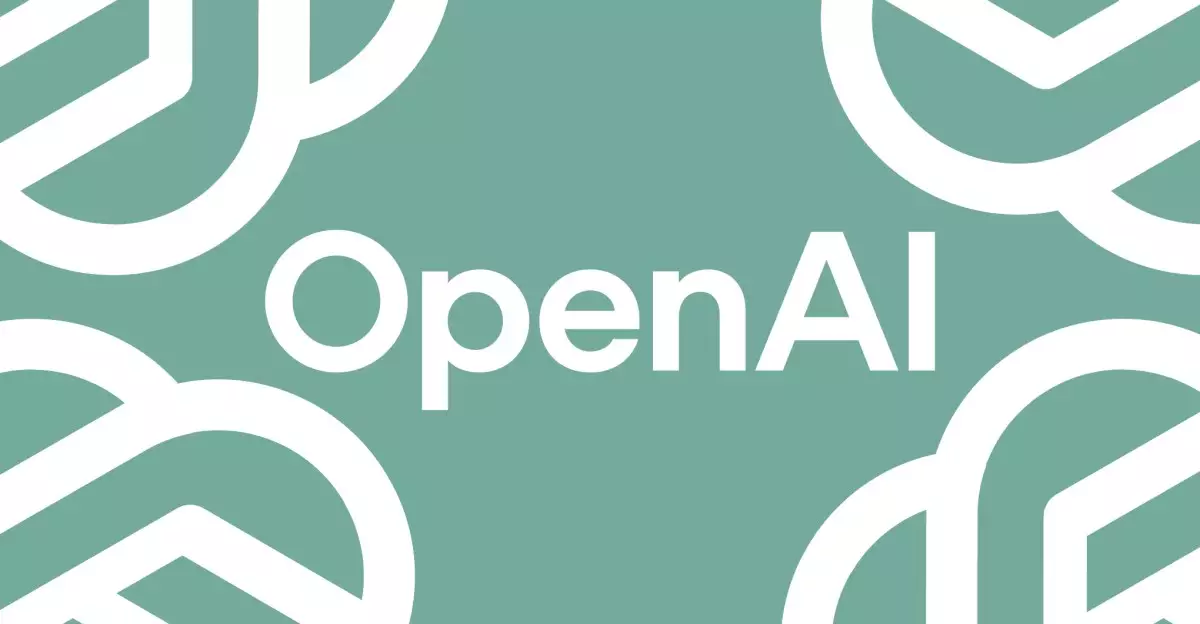OpenAI has once again transformed the AI landscape with the introduction of GPT-4.1, a significant upgrade from its predecessor, GPT-4o. While there have been whispers about the anticipated launch of GPT-5, it seems that OpenAI has strategically chosen to refine its existing technology rather than rush into the next iteration. This decision suggests a thoughtful approach to software development, prioritizing quality and user experience over a continuous race to release the latest versions.
Enhanced Capabilities
The improvements come at a crucial time when competition in the AI space is intensifying. GPT-4.1 boasts an expanded context window, capable of processing up to one million tokens—far surpassing the 128,000-token limit of its predecessor. This monumental leap allows developers to incorporate vast amounts of context, encompassing everything from text to images, all in a single prompt. The ambitious training undertaken by OpenAI has evidently made GPT-4.1 more adept at discerning pertinent information while effectively filtering out distractions. This is a significant advancement for coding and instruction-following tasks, making it a more versatile tool for developers.
A Smarter and More Affordable Option
In addition to the performance enhancements, OpenAI has introduced two smaller models alongside GPT-4.1: GPT-4.1 Mini and GPT-4.1 Nano. The introduction of these models caters to developers seeking economical options without compromising on performance. GPT-4.1 Mini retains much of the power of the larger model while being more affordable, whereas GPT-4.1 Nano is touted as the “smallest, fastest, and cheapest” option yet. This tiered approach democratizes access to advanced AI, allowing a wider range of developers, including startups and individual engineers, to experiment with potent AI capabilities.
Strategic Transition and Market Pressures
The timing of this release is also indicative of an evolving market landscape. With the unveiling of DeepSeek’s ultra-efficient AI model, pricing is becoming increasingly important in the competitive arena. OpenAI has acknowledged this by reducing the costs associated with GPT-4.1 by 26% compared to GPT-4o. Moreover, as OpenAI plans to phase out its older GPT-4 model by April 30 and subsequently deprecate the GPT-4.5 API by mid-July, it is clear that they are intent on streamlining their offerings and ensuring that users are equipped with the most advanced and cost-effective tools available.
OpenAI’s decision to launch GPT-4.1 instead of hastening the arrival of GPT-5 underscores its commitment to delivering high-quality, reliable AI solutions. By focusing on perfecting existing technologies and adding dimensions like affordability and efficiency, OpenAI not only maintains its leadership in the AI industry but also sets the stage for sustainable growth in the future. As the landscape continues to shift, the realization that pioneering technologies must be both accessible and powerful is more relevant than ever. The evolution of OpenAI’s offerings reflects an understanding that the true value of AI lies in its application and integration within diverse user environments.


Leave a Reply